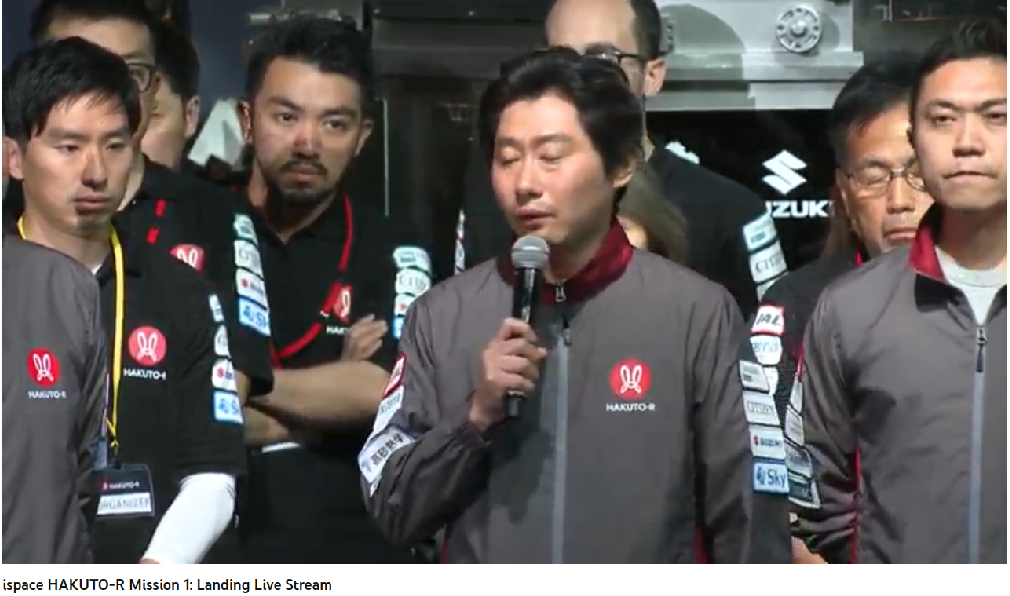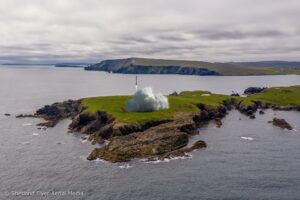Did The iSpace M1 Mission End Due To A Thruster Failure?
25th Apr 2023
Update: On 26th April, iSpace announced that “it has been determined that Success 9 of the Mission Milestones is not achievable.” As such, the iSpace M1 mission moves into postmortem and lessons learned stages.
What happened to M1?
At the time of writing, iSpace has not made a statement regarding the mission’s end. However, signals observers noted a possible failure.
Spanish radio astronomer and amateur radio operator Iban Cardona, EB3FRN, tweeted screenshots of the HAKUTO-R’s telemetry signal and commented on changes on the screen:
But then:
UK-based Goonhilly Earth Station was providing communications support for the mission, but at the time of writing, had not stated whether GES assets were being used to attempt to contact the lander.
25th April
The Japanese company iSpace is currently attempting to contact its lunar lander, the company’s HAKUTO-R spacecraft, on the Moon. Before the landing, the iSpace M1 mission had completed 8 of 10 mission goals. Engineers had confirmed the receipt of lander data during the landing descent.
A SapceX Falcon 9 rocket launched HAKUTO-R on 11th December 2022, and the spacecraft reached lunar orbit on 21st March 2023.
iSpace M1 mission payloads
If the company succeeds in reestablishing comminication, HAKUTO-R will eject two payloads. The first is the JAXA SORA-Q rover, which was designed and built by Japan’s Tomy corporation. Tomy, which is famous for creating the Transformers toys, followed a similar approach with SORA-Q. Once the spherical rover is on the lunar surface, it will split into two connected hemispheres, with independent propulsion on each side, in order to better navigate around obstacles.
The other ejectable payload is the Rashid rover from the United Arab Emirates. This rover will analyze the Moon’s environment.
Internal payloads include experimental batteries and other items that will inform the design of later components. If it recommences, Mission 1 is slated to operated for 10 Earth-days.
Already a success
The founder of iSpace, Takeshi Hakamada, said during the landing live stream, “In the early days, not many people believed we could land on the Moon.” He pointed out that the mission’s 100 days in space had already been providing data for the company and that this data is already informing the M2 mission. “Our 8 out of 10 mission successes so far will support our future missions.”
Updated 26th April 10.38 BST




Thank you for your comment! It will be visible on the site after moderation.